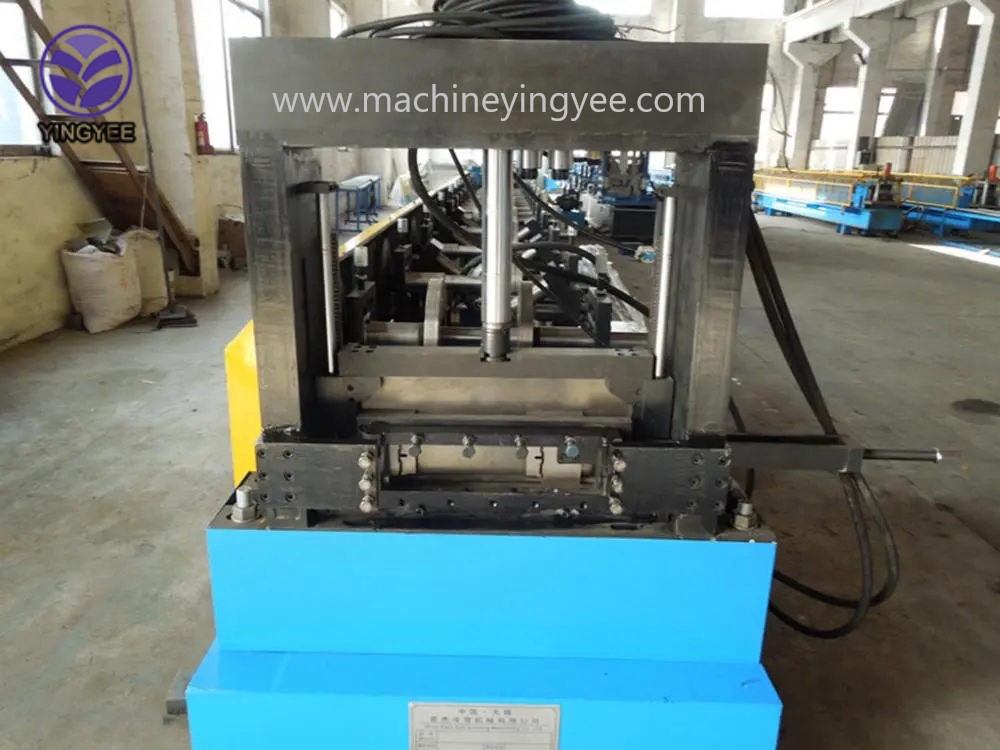
The Roof Tile Production Line An Overview
The production of roof tiles is a crucial aspect of the construction materials industry, as roof tiles are essential for the protection and aesthetics of buildings. With a rising demand for durable and sustainable roofing materials, the roof tile production line has become increasingly sophisticated and efficient, allowing manufacturers to meet various construction needs.
Understanding Roof Tile Production
The roof tile production process involves multiple stages, starting from the selection of raw materials to the final packaging of finished products. The primary materials used in roof tile production are clay, concrete, and sometimes synthetic materials. Each type of tile—be it clay tiles, concrete tiles, or metal tiles—has its own production line requirements and processing techniques.
1. Raw Material Preparation
The production line begins with the preparation of raw materials. Clay is mined, crushed, and blended with water to achieve the right consistency, while concrete tiles involve a mixture of sand, cement, and water. The quality of raw materials directly impacts the strength, durability, and appearance of the tiles.
2. Forming
Once the materials are prepared, they are shaped into tiles through various methods. For clay tiles, extrusion is a common technique where the material is forced through molds to create the desired tile shape and size. Concrete tiles, on the other hand, are typically produced using a vibration or compression molding process, ensuring that they achieve the required density and strength.
3. Drying
After the tiles are formed, they must be dried to remove excess moisture. This is a crucial step, especially for clay tiles, as improper drying can lead to cracking during the firing process. Drying can occur naturally at ambient temperatures or through controlled drying systems that enhance efficiency and minimize defects.

4. Firing and Curing
The next phase involves firing the tiles in kilns for clay tiles or curing them for concrete tiles. The firing process for clay tiles occurs at high temperatures (around 1,000°C to 1,200°C), which allows them to harden and develop their final colors and textures. Concrete tiles, conversely, are cured either at room temperature or through steam curing, which enhances their strength and durability.
The Role of Technology in Production
Modern roof tile production lines are increasingly automated, leveraging technology to enhance efficiency and quality. Automated systems control the various stages of production, from material handling to forming, drying, and firing. This not only speeds up the manufacturing process but also ensures consistency and reduces the risk of human error.
Advanced machinery, such as robotic arms for handling tiles and digital monitoring systems for kiln temperatures, has revolutionized production lines. Manufacturers are also investing in eco-friendly technologies, reducing emissions and waste during production, which aligns with the global move towards sustainability in construction.
Market Trends and Innovations
As the construction industry evolves, so do the trends in roof tile production. The demand for lightweight and energy-efficient roofing materials is on the rise, prompting manufacturers to innovate. New composite materials and designs that enhance thermal performance while maintaining aesthetic appeal are being developed.
Additionally, the rise in green building practices has led to increased interest in solar roof tiles and ceramic tiles that have enhanced reflective properties. These innovations not only meet consumer demands for sustainability but also provide significant benefits in energy savings and building longevity.
Conclusion
The roof tile production line embodies the intersection of traditional craftsmanship and modern technology. As demands for sustainable and high-quality roofing materials grow, manufacturers are poised to adapt and innovate, ensuring that roof tiles continue to provide essential protection and beauty to buildings worldwide. The future of roof tile production lies in the balance of efficiency, quality, and sustainability, reflecting broader trends in the construction industry.